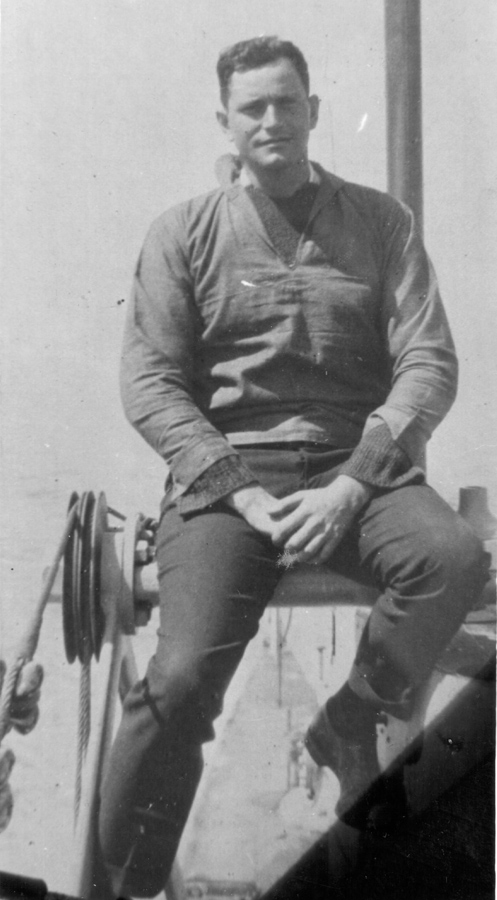In September of 1926, Henry Beston Sheahan, 38 years old, went for a two-week vacation to a small frame cottage he'd had built on the sand-dunes two miles south of the Coast Guard station at Nauset, on Cape Cod. He had not intended to stay, but, as he recounted later in "The Outermost House," "The fortnight ending, I lingered on, and as the year lengthened into autumn, the beauty and mystery of this earth and outer sea so possessed and held me that I could not go." Thus began a solitary sojourn on the beach, a thoughtful man's year in outer nature. Prior to spending his year on the beach, Beston had fallen in love with Elizabeth Coatsworth, an accomplished poet and novelist. Leaving the Great Beach in 1927, Henry had a raft of journals, but not yet a book manuscript. When he proposed marriage to Elizabeth, she replied, "No book, no marriage." Henry spent the next year sculpting his musings and observations into "The Outermost House." It was published in the fall of 1928, and the Bestons were married the following June. Beston considered himself a poet of the landscape, bearing witness to the cycles and recurrences, great and small, of nature; and "The Outermost House" can be read as a single, sustained song, a lyrical meditation on the cycling pageant of the seasons.


the outermost house


 A few years after the publication of The Outermost House, Henry was visiting his friend, the painter Jake Day, on Day's houseboat, The Ark, on Damariscotta Lake in Maine. Already he had a strong affinity for Maine, but this time, learning of a farm for sale on a hillside rising from a cove of the lake, he acted."How would you like to have us buy a Maine farm?" he asked Elizabeth on his return to their home in Massachusetts."It sounds fine," she replied, and within a few weeks the Bestons were owners of Chimney Farm, in Nobleboro, Maine, where they would remain, writing and living and raising two daughters until their death.
A few years after the publication of The Outermost House, Henry was visiting his friend, the painter Jake Day, on Day's houseboat, The Ark, on Damariscotta Lake in Maine. Already he had a strong affinity for Maine, but this time, learning of a farm for sale on a hillside rising from a cove of the lake, he acted."How would you like to have us buy a Maine farm?" he asked Elizabeth on his return to their home in Massachusetts."It sounds fine," she replied, and within a few weeks the Bestons were owners of Chimney Farm, in Nobleboro, Maine, where they would remain, writing and living and raising two daughters until their death. Chimney Farm in Nobleboro, Maine
Chimney Farm in Nobleboro, Maine

 another shot of his outermost house more here
another shot of his outermost house more here